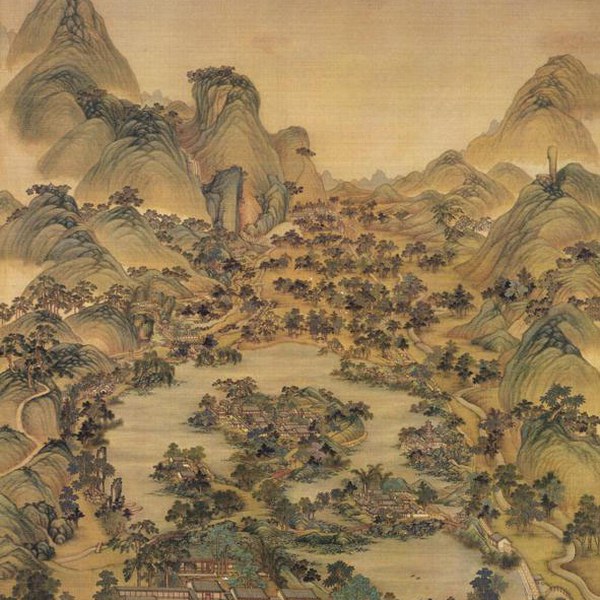Constructed, neglected, rebuilt and expanded over the course of nearly a century, the Qing imperial park of Bishu shanzhuang played a central, but constantly changing, role in the history of the Manchu dynasty for nearly two centuries. Scholars of the site have focused on its final form at the end of the eighteenth century, taking a single vision of its design and use as descriptive of its entire history. In this talk, Stephen Whiteman explored the park’s early history under the Kanxi emperor, from its original conception as an imperial retreat to its representation through text and image—especially in the famed 36 Views, poems and illustrations of the park that were the first depictions of Chinese gardens to reach Europe—and considered the legacy of this history not only in the later iterations of the landscape, but also in collective memories of the rise and fall of the dynasty itself.
Stephen Whiteman is the 2012–2014 A. W. Mellon Postdoctoral Fellow at the Center for Advanced Study in the Visual Arts at the National Gallery of Art. His current research explores the imagination and creation of cultural and political landscapes in the early Qing court, particularly through garden-building, image-making and textual inscription. A former junior fellow in Garden and Landscape Studies at Dumbarton Oaks, he received his doctorate in Art History from Stanford University and has taught the history of East Asian art and architecture at Middlebury College and the University of Colorado at Boulder.

